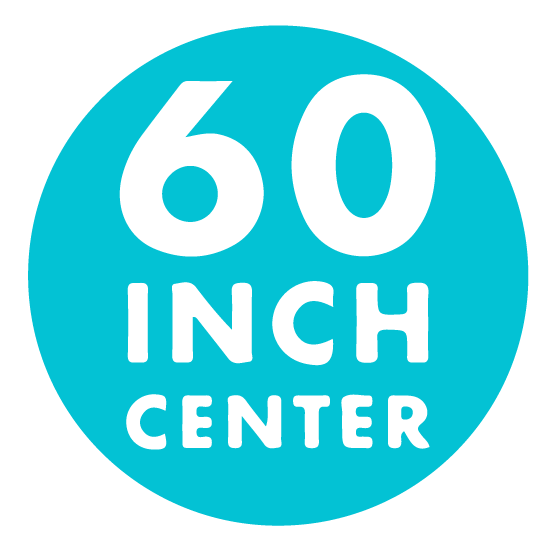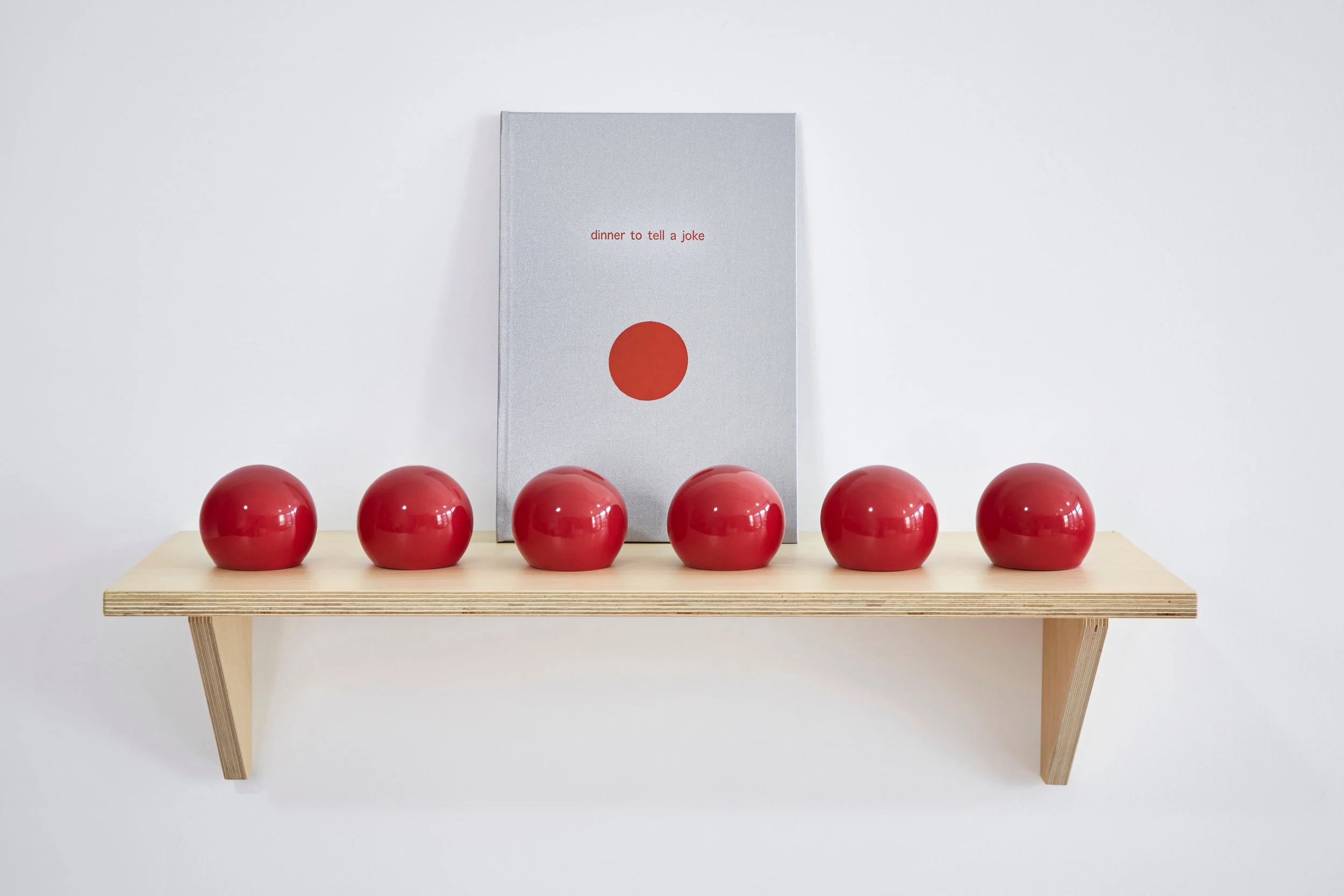Spotlight on PALS: Inside Portland’s “Outsider” Art Studio
Enter the Portland Art & Learning Studios (PALS), a 10,000 square foot art studio and gallery for adults with intellectual and developmental disabilities, and you will discover a hub of creative artists producing evocative work in every media imaginable at an unflagging pace. PALS is a program of Albertina Kerr (Albertina Kerr, a nonprofit organization that provides services in Oregon for children and teens with mental health challenges and children, teens, and adults with intellectual and developmental disabilities). Among the Studio’s 200 regular practitioners, you may chance upon a collage artist named Bryan Teters piecing together celebrity-figurines from magazine cut-outs; a textile artist named Ricky Bearghost weaving polychrome tapestries from yarn, handmade ceramic beads, and found materials, including grass; and a book artist named James Enos who creates his own stories by combining elements from such disparate pop culture narratives as “The Emperor’s New Groove” and “Full House,” using full-page illustrations, text, and comic-book style panels. PALS artists have exhibited their work in Portland, Los Angeles, Northern California, Texas, Tennessee, and British Columbia (their first exhibition outside of the U.S.) and have upcoming exhibitions in Ireland, Japan, and Florida.
PALS is part of an international consortium of studios endeavoring to foster a shared philosophy of care and empowerment. What I admire about the Studios, and the reason I think it falls “outside” the conventional fine art scene, is that it creates an interdisciplinary relationship between the arts, cutting edge practices in mental health, and social justice. Through the program, Albertina Kerr is empowering people with IDD to lead self-determined lives and reach their full potential. The staff at PALS endeavor to promote freedom, self-expression, socialization and professional growth among the artists, many of whom live in a group home environment, where their daily lives can be heavily controlled by outside agents. They often have few contacts besides care-taking staff, and very little mobility.
Refining their own artistic practice gives the members of the Studios autonomy, as well as tools to combat and work past social isolation. Participating artists, as well as their friends, caretakers, and family members report not just improvement in art, but increased social skills, confidence and executive function. Favorite phrases at the Studios include “I did this” or “I made this.” One multimedia drawing I happened upon in an artists’ portfolio featured a character with the words, “I love my voice” inscribed on their chest.
The Studios are open to visitors from the general public Monday through Friday, from 10am to 12pm. Visitors are asked to contact the Studios 24 hours in advance of their visit, and can receive guided tours. The Studios include a gallery (open M. - F., 10am to 4pm) that features rotating exhibitions created by the artists. Much of the work, as well as mugs, T-shirts and sweatshirts designed by the artists, is for sale through the gallery and the Studios’ website. Artists receive 70% of the profits from the work that they sell; the remaining 30% goes directly towards purchasing new supplies.
The growing interest in work made by untrained artists (often referred to as “outsider art”) runs the gamut from people who are savant-like to people living in relative rural isolation who haven’t received a formal arts education. Outsider art is an umbrella term for art produced by groups that have traditionally been marginalized by the high art world, and who don't receive the same kind of attention as trained artists working within or against an understanding of Western-European art history. The term is hard to pin down: “we’re all trying to describe the veering off point between traditional and outsider art,” one staff-member told me. The attribute shared by all of these individuals is an impulse or need to make art – an impulse towards creativity. Outsider art has come to the forefront in the fine art world with the advent of the discourse of inclusivity. As a result, studios like PALS are becoming more competitive in the mainstream, as the value placed on outsider art by collectors is increasing steadily.
PALS is a liminal space, simultaneously a studio, a gallery, a community space, and a bedrock of socially progressive action. Caretakers and instructors at PALS take a hands-off approach, encouraging the artists to work in any genre and media that appeals to them, only offering guidance or instructions when requested by the artists. That being said, the Studios have their fair share of challenges to overcome. Staff members remarked that fostering communication and transparency in the studio is an art in itself, particularly when it comes to introducing members of the general public to the artists and staff. Because they lack the education and skills of professional care-givers, staff rely heavily on the tools they have developed as creative professionals. “Reading and working with a variety of peoples’ needs comes directly from our training as artists,” said one staff member. PALS is currently working with top-researchers in the country to produce artists’ statements for non-verbal artists.
Thanks to the resources provided by PALS, people like the book-artist James Enos have succeeded in launching their careers. The collector and artist Dov Kelemer (of DKE toys, a bootleg toy company) encountered Enos’ work at DesignerCon in Southern California, and approached the Studios with an offer to purchase one of Enos’ multimedia books. Today, Enos is a professional artist, currently represented by Booklyn (a book publishing company based in Brooklyn). An art restoration specialist at the MET is rebinding a selection of Enos’ one of a kind books for commercial sale. For years, Enos’ mother, Beth Enos, had assumed that her son would never have the same quality of life as neurotypical people, like his siblings. The sheer pleasure which James takes in his life as an artist has shifted her perception. Beth recalls that when James still lived at home––he currently lives in a duplex with a friend from elementary school––she heard him interacting with his reflection in the bathroom mirror. He said to his reflection, “It’s great to be James,” with emphasis and enthusiasm. Beth claims that that moment changed everything about how she viewed her son’s condition. She realized that he had everything any parent could want for their child: overflowing self-esteem and self-confidence, that’s not dependent on other people’s opinions of them.
For more on P.A.L.S. click HERE.
Sebastian Zinn has a B.A. in Comparative Literature with an allied field in Art History from Reed College. Since graduating in the Spring of 2018, he has been working as a freelance writer and editor covering a diverse range of topics, including economics, medicine, food, music, literature, film, fashion, and visual and performance art.
*Images courtesy of Alan Wieder







